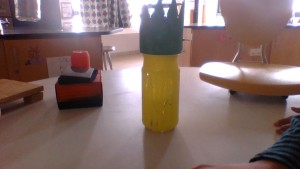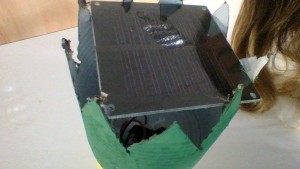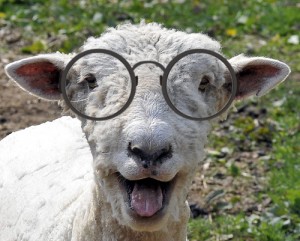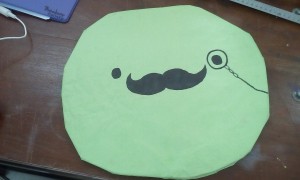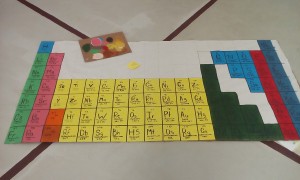During this project we have made our own solar lamps. First me and my teammate(s) made a sketch of our lamp – a pineapple shaped lamp. Once our teacher approved, we went down to the Makerspace and collected our materials- electrical wire, a small LED, a resistor, an on-on switch, a phone battery, a glass jar, a tin can, a small solar panel, a black Sharpie, and some yellow and green paint.
Procedures:
First, we painted the glass jar yellow. While the jar was drying off, we cut the tin can so that it would be the shape of a tall crown.
Then we took the tin can and painted it green. While it was dying off, we began to work on our wiring. We took the LED and resistor and soldered them together.
When the tin can was dry, we poked three holes at the bottom and one bigger hole to the side of the can.
We completed the circuit so it would meet the requirements, making sure that the solar panel is on the top of the tin can, the switch is going through the hole on the side of the can, and the wires go through the little bottom holes so that they can connect to the battery, LED, and resistor in the (glued with a glue gun) yellow glass jar.
Finally we drew on some spikes on the jar and wrote our initials on the bottom of the jar.
Overall, this was a great project and this has taught me several things;
1. How electricity works, the movement of electrons.
2. How light bulbs work, there are two wires connected to a piece of lead which burns (caused by the movement of electrons) and creates light.
3. What resistors are, they are used to slow down the movement of electrons.
4. How batteries work, like the movement of negative charges going the the positive charges who don’t want to stay next to the same charge…
5. Never put your bear hand in a small tin can to hold something to solder… Ouch! And this was not because of the conductivity of the tin can but because of how small the area of space there was for my hand and the solder iron.
This experiment is important to our community because it helps save money and helps against global warming. This lamp only uses solar energy, meaning there is no need to pay for the electricity for it and it uses a natural energy source!
Now that I know how to make solar lamps, I can make some more and save more of my parent’s money and help against global warming!
I think helping against global warming was the main goal of our experiment and teaching us this so we can reuse this information to redo this experiment to do more good in our community.
The last project I worked on helped me during this project because it helped me choose my partner wisely and it helped me train to complete large tasks before the due date. I felt that this time I was more prepared for what I was going to do and knew that I should aim too high of results because I had a limited amount of time.
I think next time I have to reproduce this project, I would work more on it on my free time- put a double layer of paint on both the can and jar, wait that everything is dry before beginning the circuit, etc…
But it was a great experience and I and my teammates learned so much and/or greatly improved our knowledge!


